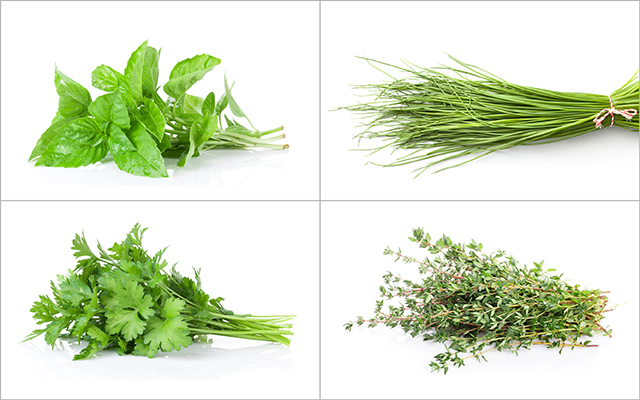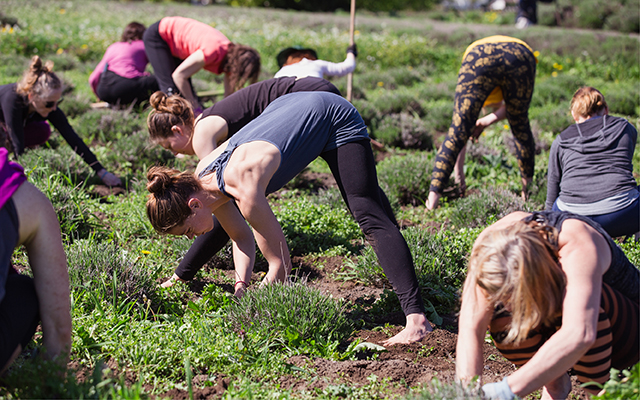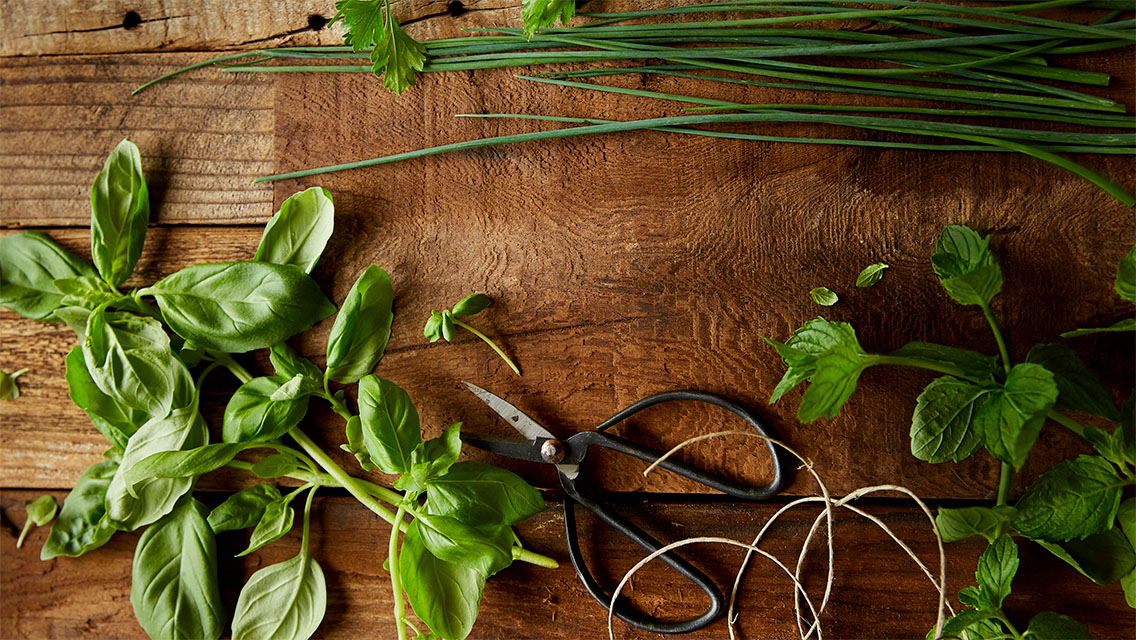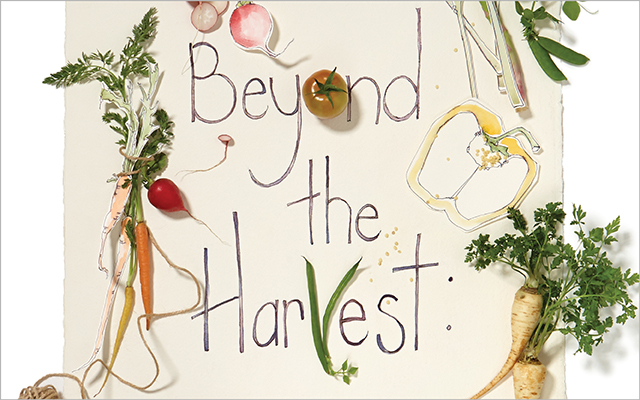Growing an herb garden is an engaging, economical activity — and a great starting place for new gardeners. Plus, it can boost your mood and your immune system in the process. These four herbs are good beginner options.
Basil

Basil is a tender annual from the mint family that likes full sun. It’s sensitive to the cold in early spring but does well on a sunny windowsill or in a container. Once transferred into your garden, it will grow quickly and prolifically. Keep soil moist but not soggy — water about weekly. Clip regularly for a rounded plant, and harvest before it flowers (or pinch off the bud) for best flavor. Basil is ideal for homemade pesto, caprese salads, and summer cocktails.
Parsley

Parsley is a biennial that thrives in containers outside or on a warm windowsill. It prefers moist soil but can adapt to drier conditions. Harvest the outer stems the first year and leave the inner stalks to keep growing. The stems are more flavorful than the leaves, so be sure to use them, too. Flat-leaf parsley is good for soups, pasta dishes, and grain salads.
Chives

Chives are a low-maintenance perennial related to leeks, onions, and garlic. They need consistent watering and prefer full sun, but they can grow anywhere: indoors near a sunny window, in containers, or in your backyard. The flowers will scatter seeds; deadhead after they bloom so they don’t take over your garden. Their subtle, summery flavor is a great addition to omelets, potato dishes, and salad dressings.
Thyme

Thyme is a drought-tolerant evergreen perennial that needs full sun. It can grow in outdoor containers or your garden — where its fragrance will attract pollinators — or indoors near a sunny window. Thyme can be started from seeds, but is also easy to grow from cuttings. It adds an earthy note to stews, sauces, and roasted vegetables.
Herbs in an Eggshell
Eggshells make good seed starters, and when transplanted into soil, they break down naturally and nourish your herbs.
- Slice off the top of eggshells with a sharp knife and pour the yolks and whites out, saving them for another use.
- Rinse eggshells thoroughly, then air-dry in the carton.
- Use a needle to puncture a small drainage hole in the base of each shell.
- Mist the shells with water.
- Scoop potting soil into shells with a small spoon.
- Plant your seeds according to package instructions, and then gently mist with water.
- Place carton on a sunny windowsill, and water according to package instructions while you wait for herbs to sprout.
- Transplant them into a pot or your garden when your seedlings develop leaves. Gently crush the shells in the soil to speed the decomposition process.




This Post Has 0 Comments